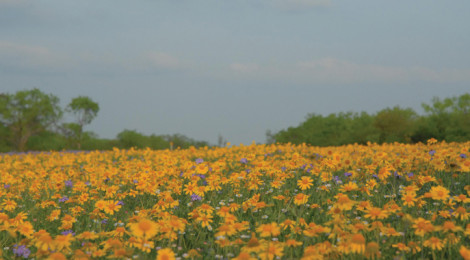
Micromanagement: Whitetail Habitat
Small targeted areas must be carefully selected based on the deer’s use of the land.
Story and photography by Bob Zaiglin
May is a rejuvenating month as our wild lands erupt into a diverse array of color. Low-hanging branches bend even further under the force of gravity supporting an abundance of vibrant green leaves. The cool early mornings are filled with a cacophony of bird songs, including that of the local long beards, but deer are virtually absent. Why? Because spring is the nesting season for birds busy defending their breeding turf, but for deer, particularly the bucks, it’s time to recoup after physically extending themselves throughout much of the winter, especially during the rut.
Also, natural vegetation is generally abundant during the spring, thus deer are not required to move very far to satisfy their nutritional requirements, making those reclusive animals even more challenging to see. May is one of the kindest months on deer, but there are some things management-oriented sportsmen can perform at this time to benefit not only deer, but all wildlife later in the year.
The understory can be reduced to an earlier successional stage in May before it becomes too difficult to manipulate by small implements. Not everyone has access to a tractor and a 15-foot batwing shredder, but most if not all sportsmen own a lawn mower, and a lawn mower has the same effect as a shredder albeit on a smaller scale. Considering the fact that the average ranch size in Texas is somewhere around 500 acres, which is probably larger than the average acreage on a lease, we are looking at micromanagement.







